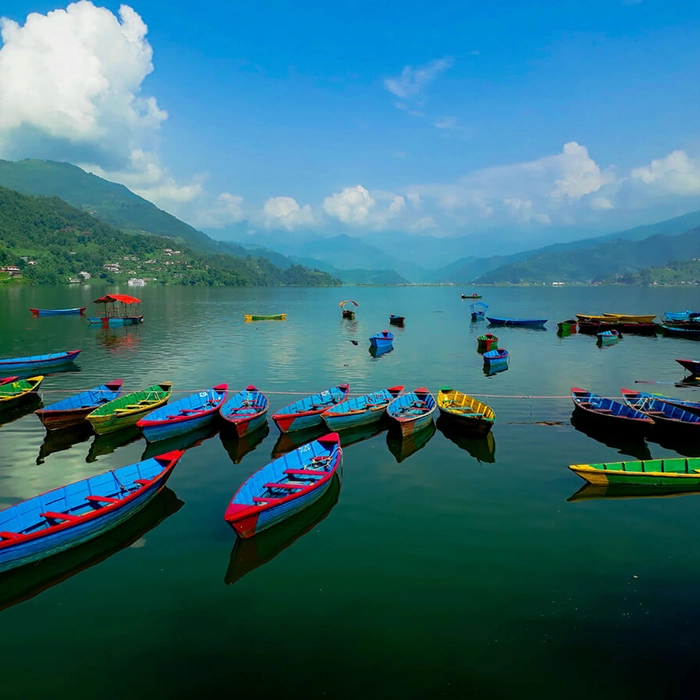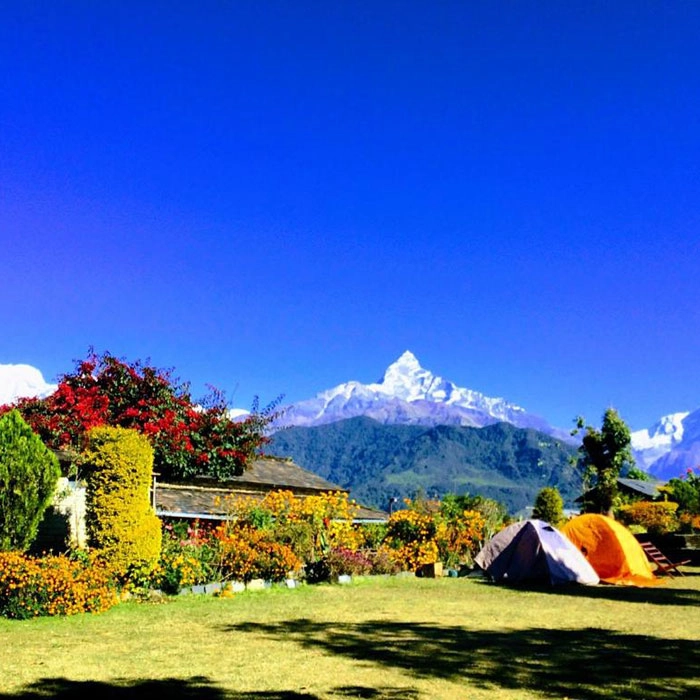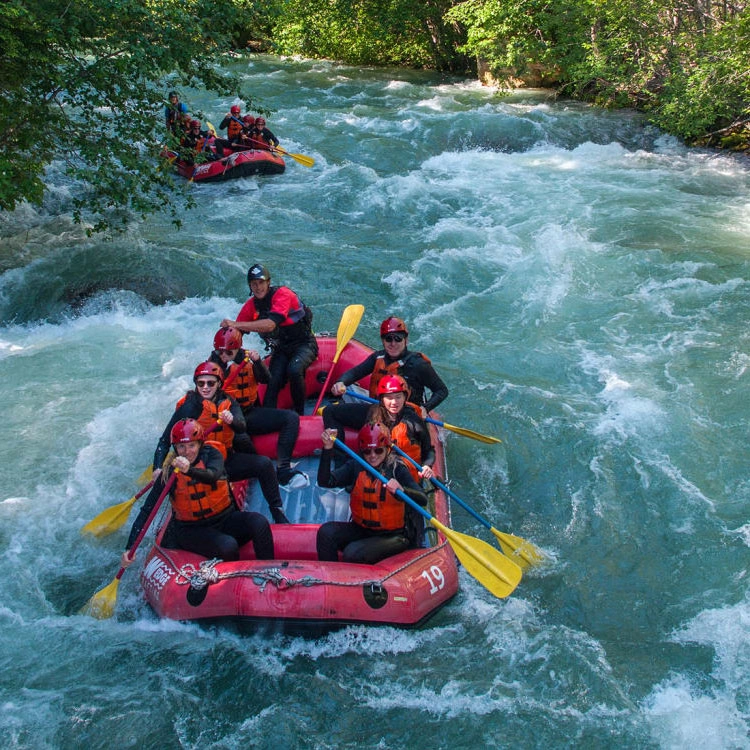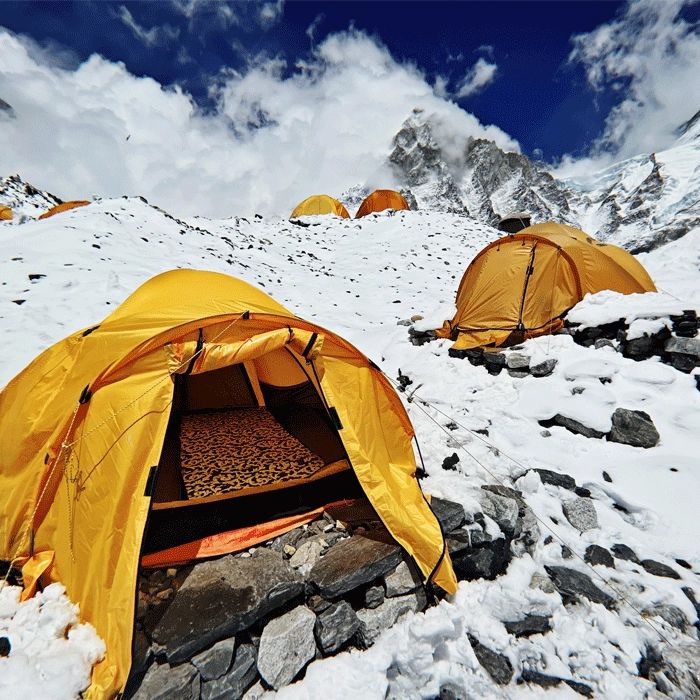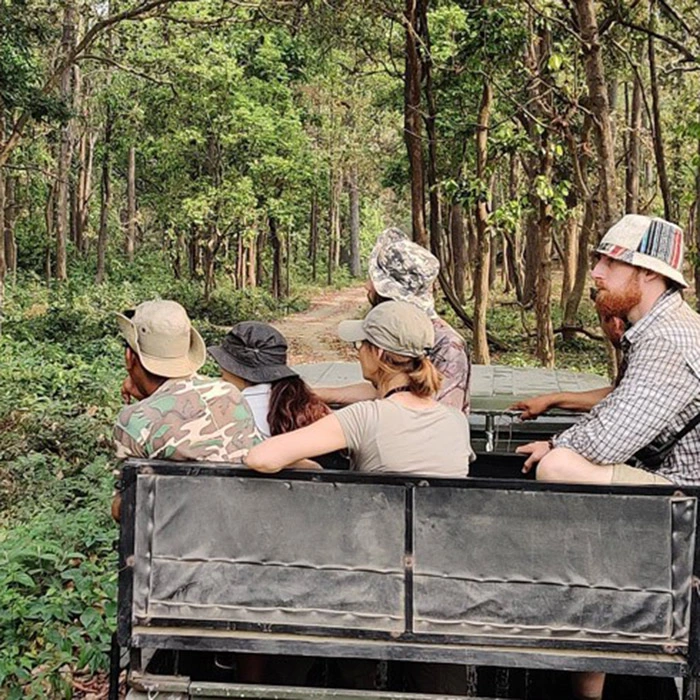Experience the thrill of flying above the world’s highest peak with the Everest Base Camp Helicopter Tour—a luxurious and time-efficient way to witness the grandeur of the Himalayas. This scenic aerial journey from Kathmandu to Everest Base Camp is specially designed for travelers seeking a high-altitude adventure without days of trekking.
Soar across Nepal’s majestic landscapes and deep valleys in this Everest Helicopter Tour as you glide past famous landmarks like Lukla Airport, the gateway to the Everest region; Namche Bazaar, a vibrant Sherpa village; and the sacred Tengboche Monastery. Witness the legendary Khumbu Icefall, a spectacular glacier feature, and land at Kalapatthar (5,550 meters)—the ultimate vantage point for photographing Mount Everest up close, unobstructed and majestic.
Your Everest Helicopter Tour journey continues with a landing at the Everest View Hotel, where you will indulge in a gourmet breakfast while soaking in breathtaking views of Everest, Ama Dablam, Lhotse, and Thamserku.
Whether you're a photographer, honeymooner, family traveler, or luxury explorer, this Everest Helicopter Tour is the safest, quickest, and most comfortable way to check Everest Base Camp off your bucket list—all in under 5 hours round trip from Kathmandu.
Quick Facts about Everest Base Camp Helicopter Tour:
Tour Duration: Approx. 3–4 hours (Kathmandu → Everest Base Camp/Kala Patthar → Kathmandu)
Max Elevation: 5,550 meters (Kalapatthar) – Highest accessible point for helicopter landing near Everest
Helicopter Group Size: Up to 5 passengers per helicopter
Tour Type: Private or Shared (weather-permitting shuttle from Pheriche for groups 3–5 pax)
Everest Base Camp Helicopter Tour Cost
The Everest Base Camp Helicopter Tour cost typically includes round-trip helicopter flights, landing at Kala Patthar for panoramic views, permit fees, and in many cases, a luxury breakfast at the Everest View Hotel. This tour is available as both shared group flights and private charters, with group discounts available depending on the number of participants. We also offer seasonal promotions, making this once-in-a-lifetime experience more accessible. While our website displays standard pricing, we recommend contacting us directly for private bookings or last-minute offers, so we can ensure you get the best available rate with the highest safety and service standards.
Luxury Inclusions:
All window seats
Airport pickup/drop-off
Hot breakfast at Everest View Hotel
Oxygen cylinder onboard
Safety briefing by expert pilot
Best Time for Everest Base Camp Helicopter Tour:
For the clearest skies and best views, plan your flight during:
Spring (March to May) – Mild temperatures, great visibility
Autumn (September to December) – Crystal-clear skies and dry weather
Highlights of Everest Base Camp Helicopter Tour:
- Scenic Aerial Views of Mount Everest & Himalayan 8000ers
- Landing at Kalapatthar for once-in-a-lifetime Everest photography
- Breakfast at the world’s highest luxury hotel – Everest View Hotel
- Fly over Lukla, Namche Bazaar, Tengboche, and Khumbu Icefall
- Perfect for non-trekkers, photographers, and time-bound travelers
- All-inclusive luxury: Oxygen, window seats, transfers, permits















 Overviews
Overviews
 Trip Overview
Trip Overview
 Travel Itinerary
Travel Itinerary
 Cost Include
Cost Include
 Cost Exclude
Cost Exclude
 Fixed Departure
Fixed Departure
 Route Map
Route Map

 Freqeuntly Asked Questions
Freqeuntly Asked Questions
 Reviews And Rating
Reviews And Rating
